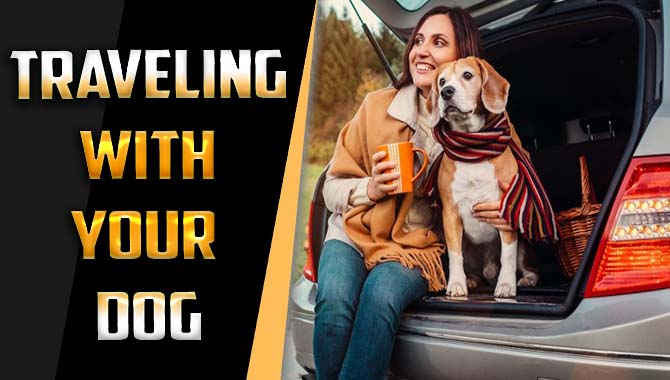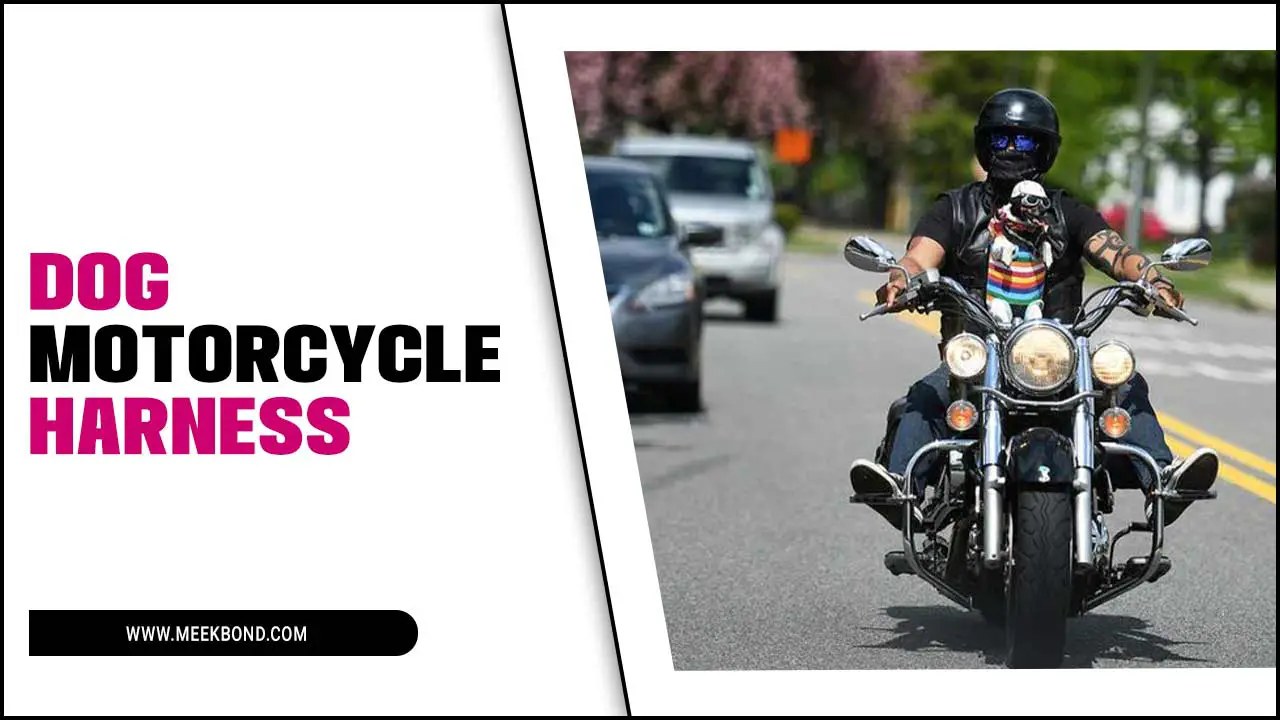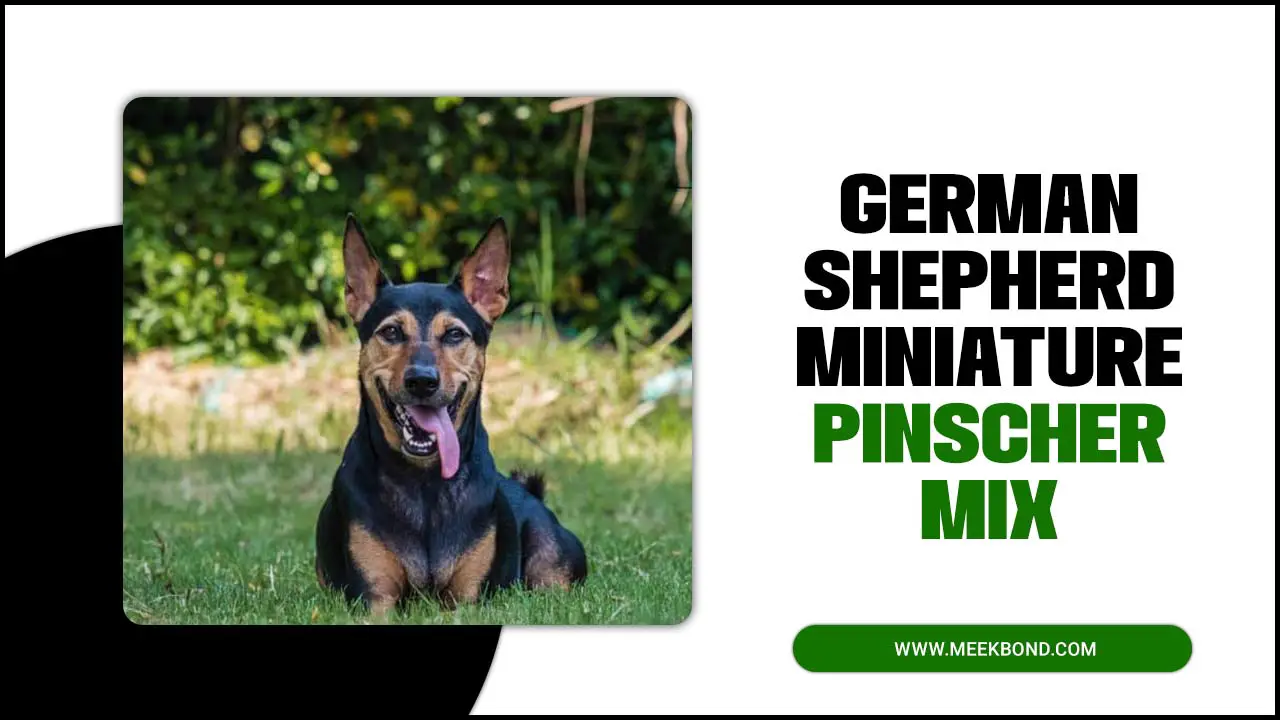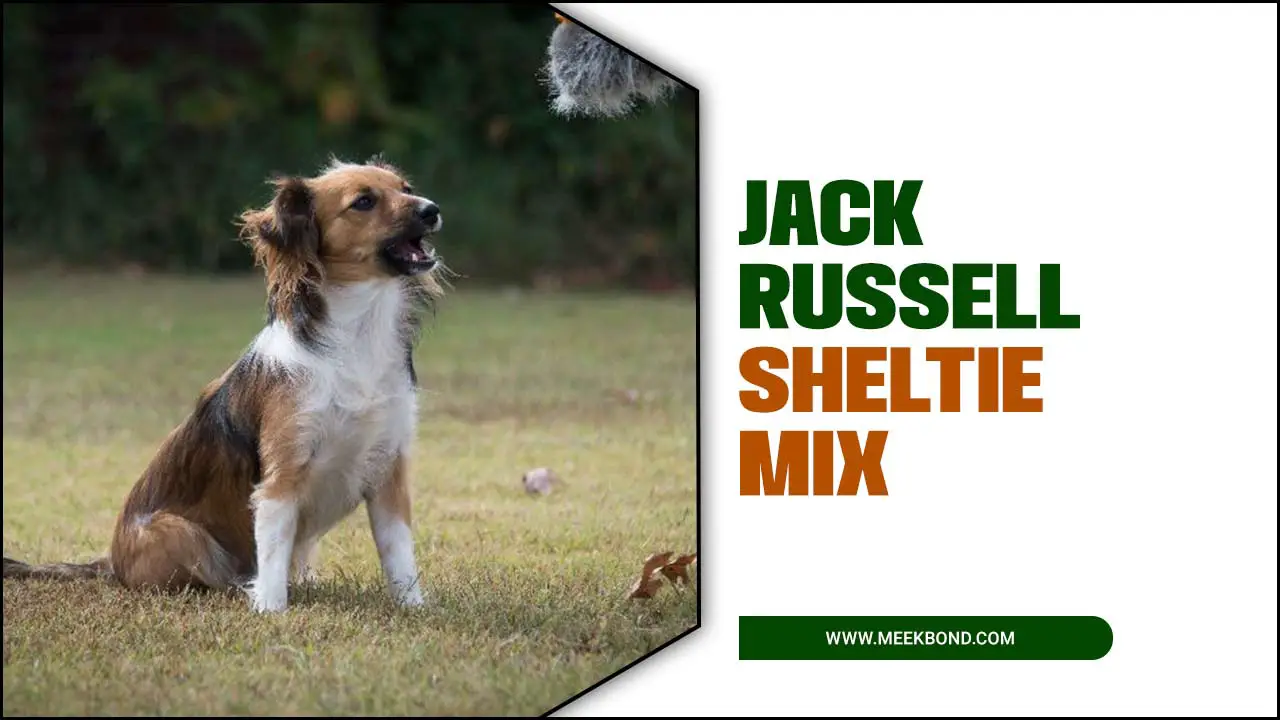Living with a cow hocked dog can seem like a challenge, but with the right care and management, it doesn’t have to be. Cow-hocking is when a dog’s hind legs appear to curve inward at the hocks, causing an abnormal gait.
A cow-hocked dog is a term used to describe a specific conformational defect in dogs. It refers to a condition where the hock joints, which are the equivalent of human ankles, turn inward towards each other. This causes the dog’s hind legs to appear bow-legged or splayed out, resembling the hind legs of a cow. Cow-hocking can affect a dog’s gait and overall movement, potentially leading to issues with balance and stability.
Here we will cover everything you need to know about cow-hocking in dogs. From understanding the biological mechanism behind it, recognizing signs of cow-hocked legs in dogs, to exercises and physical therapy that can help improve their mobility.
We will also discuss the impact of cow-hocking on a dog’s lifestyle and how to provide proper management and care for your furry friend. We will talk about medical treatments available for cow-hocked dogs and where you can adopt one. Read on for tips on implementing an exercise routine that suits your cow-hocked dog’s needs and helps them lead a happy, healthy life.
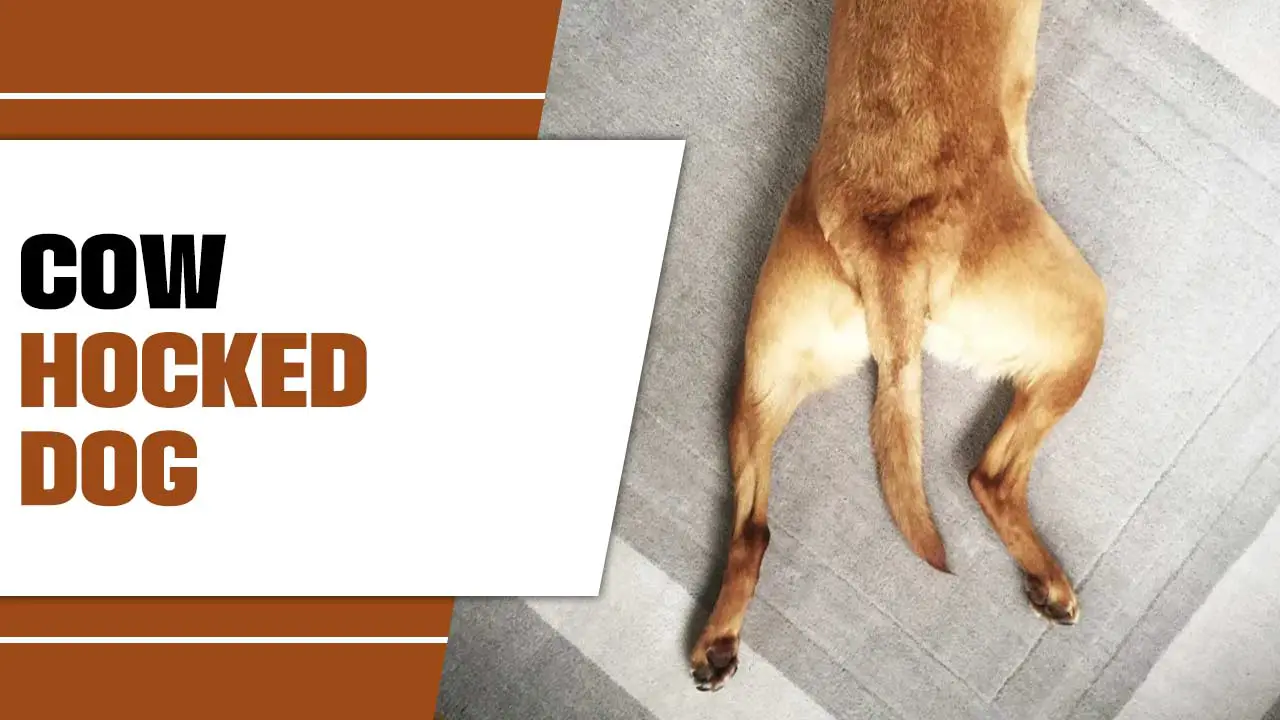
Understanding Cow-Hocking In Dogs
Cow-hocking in dogs is a condition characterized by the appearance of hind legs that are close together or turned inward. This can be caused by various factors such as genetics, improper development, or injury. Dogs with cow-hocked legs may experience difficulties with certain physical activities. It’s important to note that certain dog breeds are more prone to cow-hocking than others.
If you suspect that your dog is cow-hocked, it is essential to consult a veterinarian who can diagnose the condition and provide guidance on how to manage it effectively. Understanding the underlying causes and potential challenges associated with cow-hocked legs will enable you to provide the best care for your furry companion.
The Biological Mechanism Behind Cow-Hocking
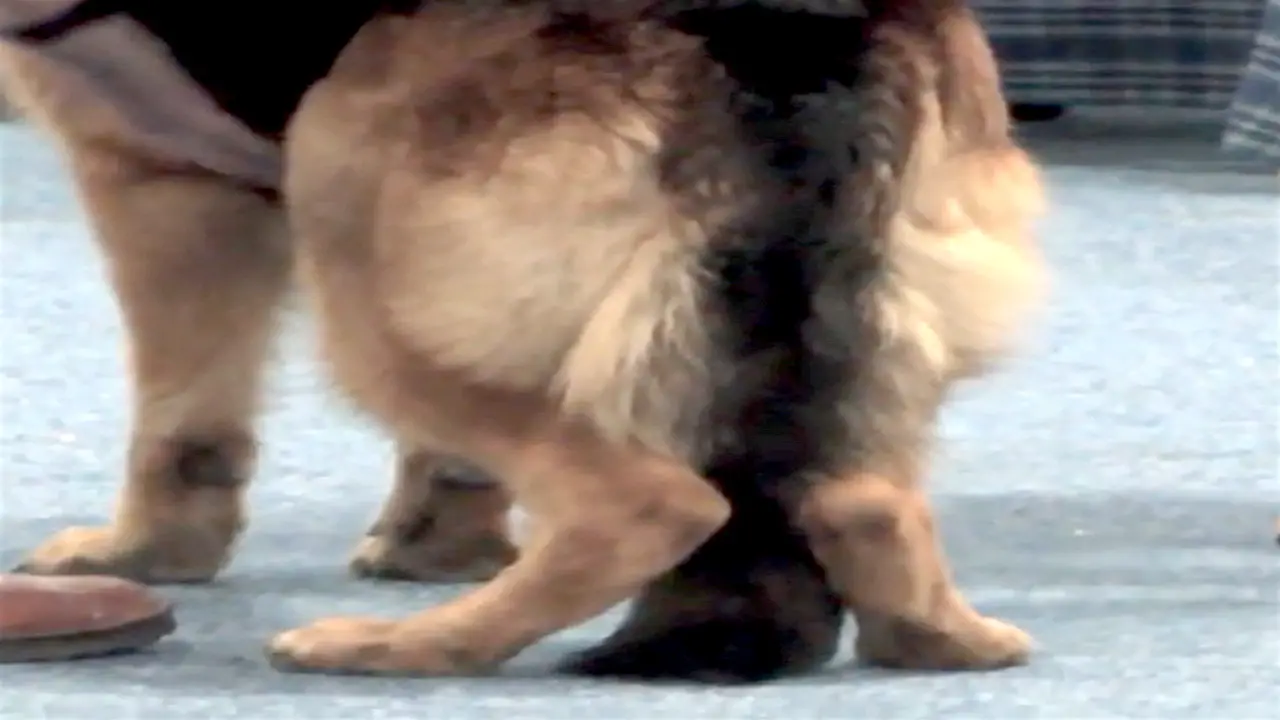
Cow-hocking in dogs occurs when there is a misalignment in the bones or muscles of the hind legs. Genetic factors can influence this condition, as certain dog breeds are more prone to cow-hocking than others. Ligament laxity or abnormalities may also play a role in its development. Understanding the biological mechanisms behind cow-hocking is crucial as it can guide treatment and management strategies.
Diagnostic tests, such as X-rays, can provide further insight into the condition, helping veterinarians accurately diagnose and determine the best course of action. By identifying the underlying causes of cow-hocking, pet owners can ensure their dogs receive the appropriate care and support they need to live happy and comfortable lives.
Exercises And Physical Therapy For Cow Hocked Dogs
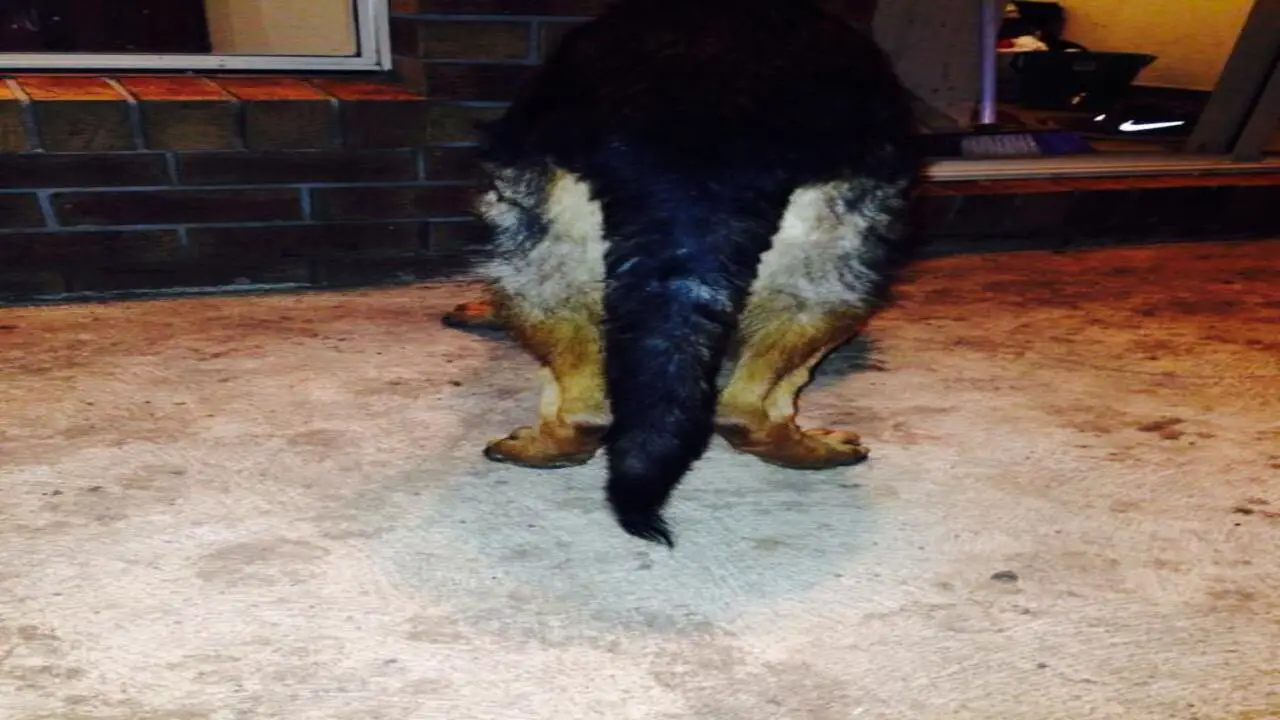
To help cow hocked dogs strengthen their hindquarters, exercises such as sit-to-stand exercises or stair climbing can be beneficial. Physical therapy can also improve muscle strength and flexibility in the hind legs. Swimming or hydrotherapy are low-impact forms of exercise that can be advantageous for these dogs.
It’s crucial to work with a veterinarian or canine rehabilitation specialist to create a tailored exercise plan. Starting slowly and gradually increasing intensity is important to prevent injury or discomfort. By incorporating these exercises and physical therapy, cow-hocked dogs can enhance their muscle mass, improve their overall mobility, and manage any joint pain or stiffness they may experience.
Working closely with professionals and providing a good diet with supplements like fatty acids can greatly assist in maintaining the best possible quality of life for these dogs.
Stretching And Strengthening Exercises For The Hind Limbs
To improve strength and flexibility in cow-hocked dogs, it is important to target specific muscle groups in the hind limbs. Engaging these muscles helps promote proper alignment and can lead to improved mobility. Gradually increasing the intensity and duration of exercises over time allows for progress without causing unnecessary strain or discomfort.
Consulting with a vet or physical therapist ensures proper guidance on techniques and helps create a tailored exercise plan. Consistency and patience are key when it comes to seeing improvement in cow-hocked dogs. By incorporating stretching and strengthening exercises into their routine, these dogs can build muscle mass and increase their overall fitness levels. Taking care of their hind legs is crucial for their well-being, and a good diet with appropriate fatty acids can help support joint health.
Balance And Coordination Exercises For Improved Gait
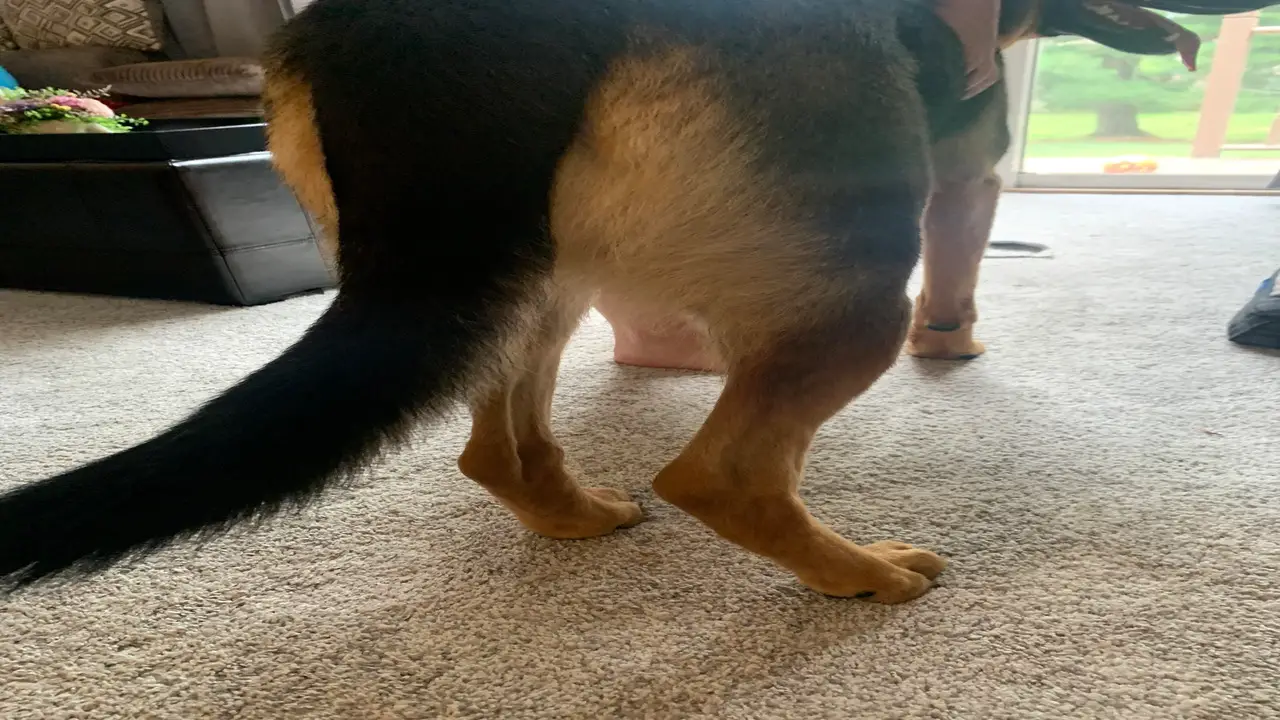
To improve the gait of a cow-hocked dog, incorporating exercises that challenge balance and coordination can be beneficial. These exercises can include using balance boards or unstable surfaces to engage the hind legs and promote proper alignment. Controlled movements and changes in direction can also help improve the dog’s gait.
It is important to monitor the dog’s progress and adjust the exercises as needed. Seeking professional guidance for more advanced balance training is recommended to ensure the exercises are appropriate and effective. By focusing on balance and coordination, these exercises can help improve the dog’s gait and overall mobility.
Hydrotherapy And Swimming As Beneficial Forms Of Exercise
Hydrotherapy and swimming are excellent ways to provide beneficial exercise for cow-hocked dogs. These low-impact activities can help reduce strain on the joints, making them ideal for dogs with this condition. Both hydrotherapy and swimming work to strengthen muscles and improve overall fitness in dogs, regardless of their hind-end conformation.
One of the key benefits of hydrotherapy is its ability to improve a dog’s range of motion. By engaging in controlled movements in water, dogs can increase flexibility and promote better joint mobility. Swimming, on the other hand, not only helps in building muscle mass but also enhances cardiovascular fitness.
To ensure the safety and effectiveness of hydrotherapy and swimming routines, it is crucial to consult with a veterinarian or certified hydrotherapist. They can provide guidance on the best exercises and routines for each individual dog. Remember, consistency is key when incorporating hydrotherapy and swimming into a dog’s exercise regimen. Regular sessions can contribute to a cow-hocked dog’s overall well-being.
Using Obstacles And Agility Equipment To Improve Mobility
Incorporating obstacles and agility equipment into a cow-hocked dog’s exercise routine can have numerous benefits for their mobility. These exercises can help improve the dog’s balance, coordination, and strength. It is important to start with low-level obstacles and gradually increase the difficulty as the dog progresses.
Seeking guidance from a professional dog trainer or physical therapist is essential to ensure the safe and effective use of the equipment. This will also help in tailoring the exercises to meet the specific needs of the cow-hocked dog.
Additionally, incorporating obstacles and agility training into your dog’s daily routine can be a fun way to bond with them and stimulate their mind. It provides an opportunity for the dog to engage both mentally and physically, promoting overall well-being.
Seeking Professional Guidance From A Veterinarian Or Canine Physical Therapist
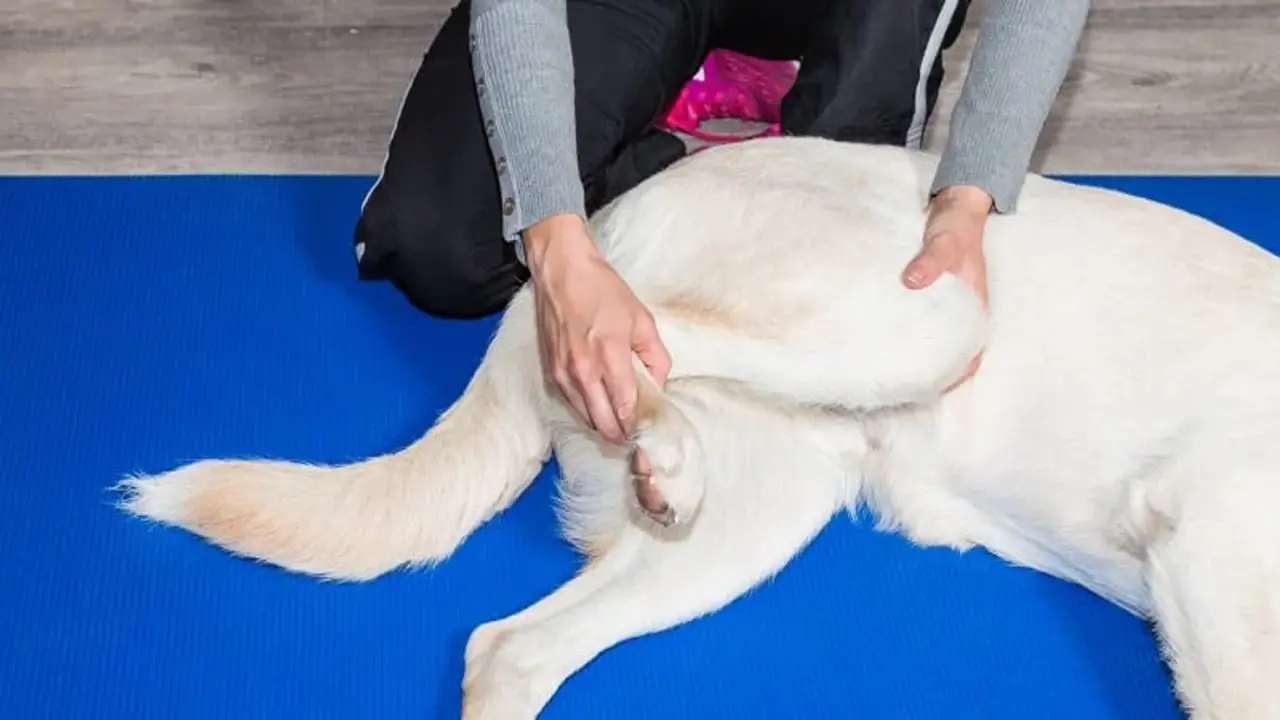
Seeking professional guidance from a veterinarian or canine physical therapist is essential for cow-hocked dogs. These dogs require specialized care to prevent injury and discomfort. By consulting with a veterinarian or canine physical therapist, you can create a customized treatment plan for your dog’s specific needs. They can recommend exercises and stretches that can improve your dog’s strength and mobility.
In addition to exercise, they can also provide guidance on proper nutrition and supplements to support your dog’s joint health. With the right care and management, cow-hocked dogs can still live happy and healthy lives. By seeking professional guidance, you can ensure that you are providing the best care for your beloved pet.
Recognizing Signs Of Cow-Hocked Legs In Dogs
Recognizing signs of cow-hocked legs in dogs is essential for early detection and effective management. One way to identify this condition is by observing hind legs that appear close together or turned inward. Additionally, pay attention to your dog’s gait, as a splayed or wobbly walk may indicate cow-hocking. Difficulty in jumping or walking on certain surfaces can also be a sign.
Look out for any signs of pain or lameness in the hind legs, as these are common indications of the condition. Regular checkups with a veterinarian are crucial, as they can help identify and address cow-hocking in its early stages. By recognizing these signs, you can provide your dog with the necessary care and support to maintain their quality of life.
The Impact Of Cow-Hocking On A Dog’s Lifestyle
Cow-hocking can have a significant impact on a dog’s lifestyle. It can limit their mobility and athleticism, making certain movements uncomfortable or painful. Dogs with cow-hocked legs may find it challenging to participate in agility or sports activities. However, there are ways to adapt to a cow-hocked dog’s needs to ensure a fulfilling and happy lifestyle.
Environmental factors play a role in reducing strain on the hind legs. Providing softer surfaces for the dog to walk or exercise on can help alleviate some of the difficulties they may face. Additionally, consulting with a vet can help develop a care plan that includes exercises and stretches to improve muscle mass and alleviate joint pain. Implementing a good diet with supplements, like fatty acids, can also contribute to their overall well-being.
Management And Care For A Cow-Hocked Dog
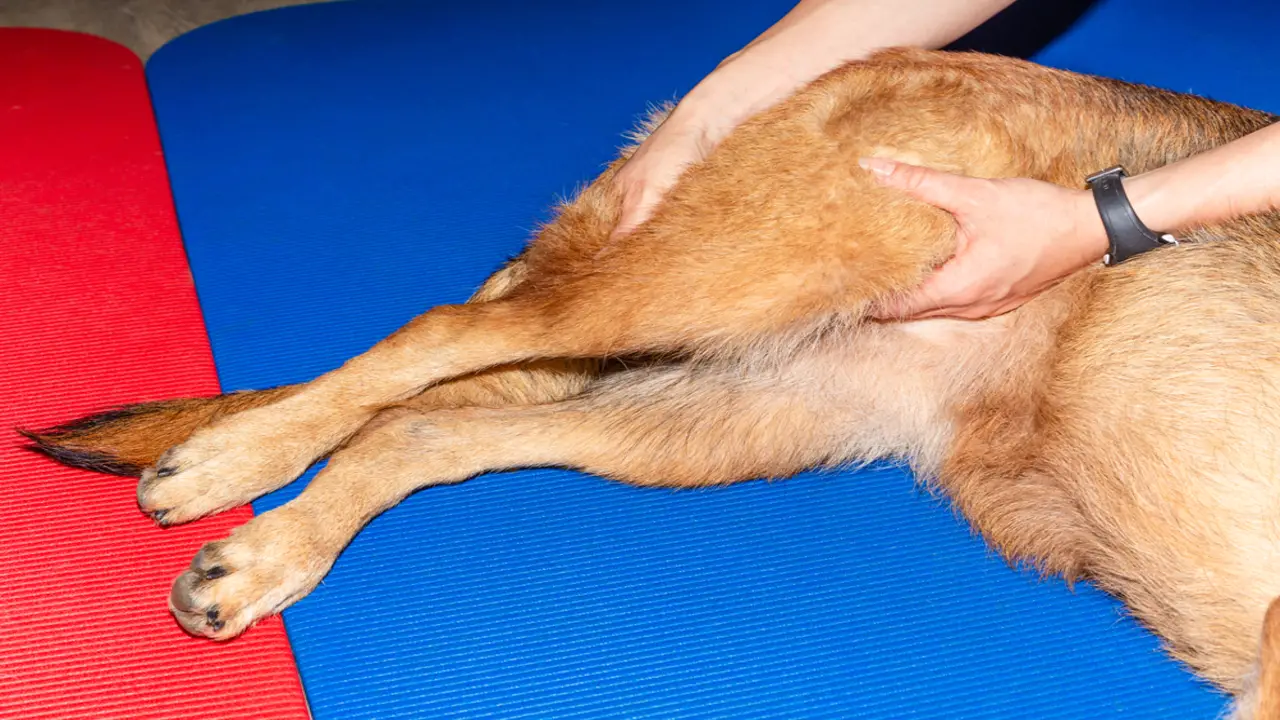
To provide the best management and care for a cow-hocked dog, it is important to start with their diet. A balanced and nutritious diet is essential to maintain a healthy weight and support overall well-being. Consider incorporating supplements or a specialized diet that focuses on joint health, as cow-hocked dogs are more prone to joint issues like osteoarthritis.
Regular exercise is crucial for these dogs, but it should be tailored to their abilities. Too much exercise can strain their back legs and worsen their condition. Focus on activities that strengthen muscles without putting excessive pressure on their hind limbs. Regular checkups with a veterinarian are also vital to monitor any changes in their condition and address any concerns promptly.
Physical therapy and massage can provide relief and improve the range of motion in cow-hocked dogs. These interventions can help alleviate joint pain and improve muscle mass. Additionally, young puppies with cow-hocked legs may benefit from physical therapy as an early intervention to prevent permanent lameness.
By providing a good diet, regular exercise, and necessary medical attention, you can ensure that your cow-hocked dog lives a comfortable and fulfilling life.
Medical Treatments Available For Cow-Hocked Dogs
Your veterinarian may suggest the use of joint supplements to promote the health of your cow-hocked dog’s cartilage. In more severe cases, surgical intervention may be required to address the condition. Medications can also be prescribed to help manage any pain and inflammation that may arise from cow-hocking. Additional relief can be sought through laser therapy or acupuncture.
It is crucial to consult with a veterinary professional to determine the most suitable treatment options for your dog’s specific condition and needs. Remember that a comprehensive approach, including regular check-ups, a good diet, and appropriate exercise, can greatly contribute to managing the challenges associated with cow-hocking.
Conclusion
Living with a cow hocked dog requires understanding, patience, and proactive care. By implementing a consistent exercise routine and seeking professional guidance, you can help improve your dog’s mobility and overall quality of life. It’s important to recognize the signs of cow-hocked legs and understand the impact it can have on your dog’s lifestyle.
Additionally, exploring medical treatments and considering adoption from reputable sources can provide further support for your cow-hocked dog. Remember, with proper management and adaptation, your cow-hocked dog can still lead a happy and fulfilling life.
Frequently Asked Questions
What Are Hocks On A Dog?
Hocks on a dog refer to the joints between their lower legs and hindquarters. In the case of cow-hocked dogs, these joints turn inward toward each other. This condition may make them more susceptible to certain health issues like hip dysplasia or arthritis. Seeking guidance from a veterinarian or professional trainer can help in managing and caring for a cow-hocked dog.
Can You Fix Cow-Hocked In Dogs?
While cow-hocked is a structural issue in dogs that cannot be completely fixed, exercises and physical therapy can help improve muscle strength and mobility. It’s best to consult with a veterinarian or canine physical therapist for a tailored plan. Managing cow-hocked dogs may involve special attention to their diet, exercise routine, and joint health.
What Is Cow-Hocked In Puppies?
Cow-hocked-in puppies refer to hind legs that turn inward. It can be caused by genetics, poor nutrition, or injury. These puppies may face difficulty walking or running and require special care. Consult a veterinarian for guidance on managing cow-hocked puppies.
What Are Cow-Hocked Legs In German Shepherds?
Cow-hocked legs in German shepherds occur when the hocks turn inward towards each other. This can strain the joints and potentially lead to arthritis or other health issues. Care for a cow-hocked dog may involve modifying exercise routines and providing joint supplements. Consult with a veterinarian for proper management and treatment options.
Is Cow-Hock A Genetic Condition In Dogs?
Cow-hock in dogs is indeed a genetic condition. It causes the hind legs or hocks to deviate inward. Breeds like Corgis, Bulldogs, and Basset Hounds are prone to this condition. Responsible breeding practices can help reduce the incidence of cow-hock in these breeds.

Aquarium passion is all about connecting with the aquatic life and providing education to the public on the importance of these creatures. We showcase a wide variety of marine life through our exhibits as well as working with schools to provide unique learning opportunities for students of all ages.

